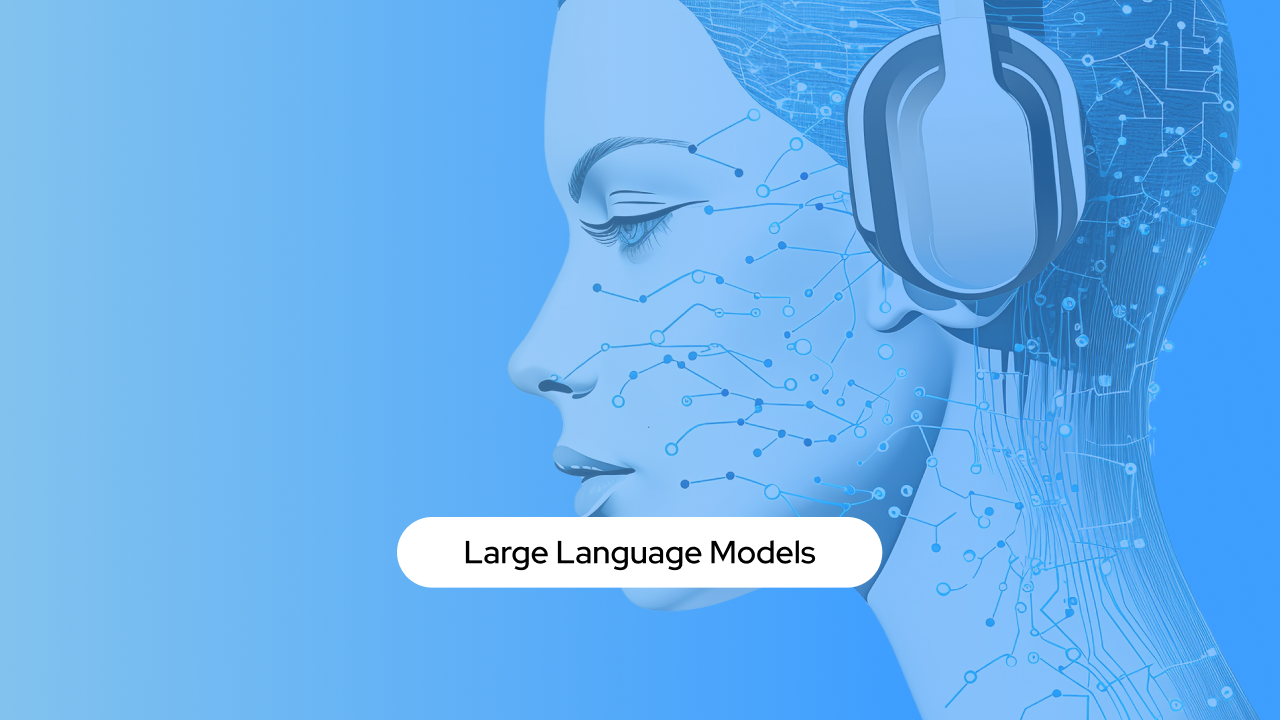How Computer Vision Transforms Agricultural Practices

In a future where machines autonomously inspect and analyze agricultural processes, farming is transformed. Utilizing computer vision and remote cameras, these non-contact, scalable technologies offer tailored solutions for agriculture. Machines interpret visual data like humans, revolutionizing tasks from animal monitoring to crop management. Advanced algorithms enable precise livestock health tracking, replacing manual checks. Moreover, computer vision ensures meticulous quality control and infrastructure monitoring, detecting minute issues beyond human capability. This tech also revolutionizes crop monitoring, providing insights into plant health and growth, leading to healthier crops and increased yields.
Recent deep learning advancements have led to significant progress in image recognition, surpassing traditional computer vision methods in robustness. These new technologies excel in video analytics, even with standard surveillance or webcam footage.
A key development in this field is the integration of edge computing with on-device machine learning, known as Edge AI. This approach moves AI processing from the cloud to local devices, enabling machine learning operations to occur everywhere simultaneously. This fusion of the Internet of Things (IoT) and artificial intelligence is creating scalable computer vision solutions, ideal for large-scale agricultural settings.
Furthermore, the global market for computer vision in agriculture is projected to grow at a compound annual growth rate of 23.3% from 2023 to 2032, reaching an estimated value of USD 11.13 billion by the end of this period.
And the market size in the Image Recognition market is projected to reach US$10.53bn in 2023. It is expected to show an annual growth rate (CAGR 2023-2030) of 12.56%, resulting in a market volume of US$21.07bn by 2030.

Applications of Computer Vision and Image Recognition
Smart Farming with Computer Vision Techniques
Smart farming, propelled by AI and computer vision, is reshaping agriculture with precision farming and urban agricultural practices. It enables automation in farming equipment like tractors and tillers, which use AI to assess environments, tag crops, and analyze soil conditions for optimal seeding times.
Precision Agriculture and Crop Monitoring
AI integration into agriculture promises increased productivity and resource optimization. Computer vision, crucial in precision agriculture, offers detailed insights into crop health and soil conditions. For instance, the See & Spray system in autonomous tractors, employing stereo cameras and sensor fusion, significantly reduces herbicide usage by precisely targeting areas in need.
Livestock and Poultry Management Automation
In livestock and poultry management, computer vision aids in real-time monitoring and disease detection, enhancing farm efficiency and animal welfare. This technology is also beneficial in fish farming for species recognition and behavior assessment, improving overall farm management.
Quality Control and Grading with Machine Vision Systems
Machine vision systems are vital in quality control and grading of agricultural products. They use techniques like photogrammetry to measure produce characteristics, ensuring quality and reducing waste. An example is an AI-based system developed by Shanxi Agricultural University for detecting defects in fresh-cut cauliflower, which achieves impressive accuracy of 99.27% and enhances product quality.
Conclusion
The adoption of computer vision technology marks a significant shift in agriculture. This technology enables precision farming and advanced livestock management, allowing farmers to automate tasks, enhance efficiency, and gain critical insights for better resource management. The result is higher crop yields, reduced labor needs, and improved sustainability, contributing to a more productive agricultural sector.
Given the escalating global food demands and environmental challenges, the potential of computer vision in agriculture is substantial. Its diverse applications are key in addressing these issues. Embracing the advanced machine learning capabilities of computer vision systems is crucial for sustaining and shaping the future of agriculture.




